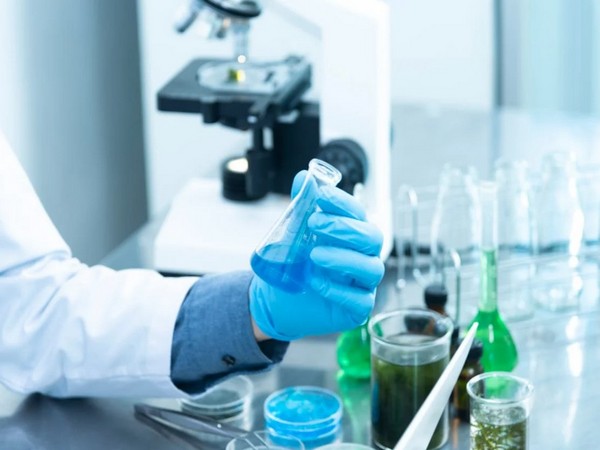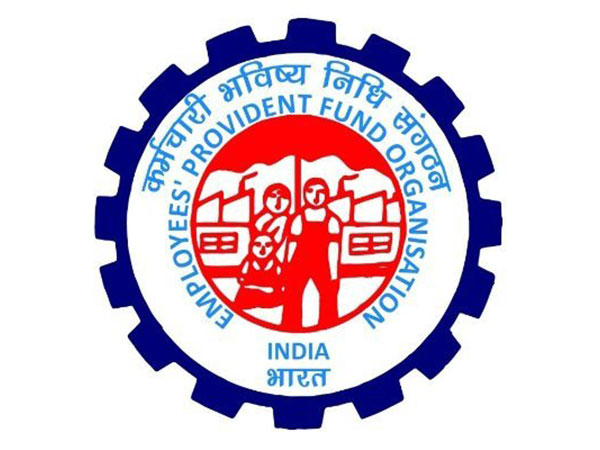Scientists have carefully examined somatic mutations in stomach lining tissue to uncover mutational mechanisms that can lead to cancer.
They also discovered evidence of a possible new cause of stomach cancer, which warrants further investigation.
Researchers at the Wellcome Sanger Institute, Broad Institute of MIT and Harvard, the University of Hong Kong, and their collaborators sequenced the whole genomes of normal stomach lining samples from individuals with and without gastric cancer.
The team found that despite regular exposure to the acidic contents of the stomach, the gastric lining is protected from toxic effects. They discovered that cells with ‘driver’ mutations in cancer-related genes occupy almost 10 percent of the gastric lining by age 60. Additionally, they made an unusual discovery: some individuals—but not all—had mutations resulting in three copies of certain chromosomes, hinting at exposure to an unknown mutagen.
The results contribute to a growing map of mutations in normal tissue from the gastrointestinal tract. This work enables researchers to explore fundamental mutational processes, compare mutation rates across different parts of the body, and better understand the earliest stages of cancer development.
Stomach cancer, also known as gastric cancer, is the fifth most common cancer worldwide, with nearly one million new cases in 2022. It is the third leading cause of cancer-related deaths globally, with the highest number of cases reported in East Asia and South America.
Factors that increase the risk of developing stomach cancer include being overweight, smoking, and infection with the bacterium Helicobacter pylori, which can trigger inflammation and stomach ulcers. H. pylori infection is responsible for approximately 40 percent of stomach cancer cases in the UK.
The stomach is highly acidic, serving as a reservoir for the initial stage of food digestion. The cells that line the stomach—the gastric epithelium—form gastric glands, or pits, which contain the cells that can give rise to stomach cancer.
Throughout our lifetime, the cells in our body acquire genetic changes known as somatic mutations. With advancements in DNA sequencing technologies, researchers can now analyze these mutations in normal tissues and trace their development over time, providing insights into aging and the earliest stages of cancer formation.
In a new study, researchers from the Sanger Institute and their collaborators set out to investigate somatic mutations within the gastric epithelium to explore the transition from normal age-related mutations to those that contribute to stomach cancer.
The team sequenced the whole genomes of 238 samples of normal, non-cancerous gastric gland tissue from the stomachs of 30 individuals from Hong Kong, the United States, and the UK—18 of whom had gastric cancer and 12 who did not. Using laser capture microdissection, they precisely dissected individual cells or glands from the stomach lining samples for genome sequencing.
Despite regular exposure to stomach acid, the researchers found that mutations in normal gastric glands accumulated at a rate similar to most other cells in the body. This suggests that the gastric epithelium is protected against the toxic effects of stomach acid.
However, in individuals with gastric cancer, some of the glands in the normal, non-cancerous stomach lining showed changes under the microscope that resembled early-stage cancer development. These glands exhibited increased numbers of mutations, which may have contributed to the onset of gastric cancer. In cancerous tissue, mutation numbers were significantly higher, indicating that gastric cancers accelerate mutation accumulation as they progress.
An unusual finding was that some stomach lining cells carried three copies of certain chromosomes—chromosomes 13, 18, and 20—a condition known as trisomy. This has not been observed in other tissues in previous studies, suggesting it may be unique to the stomach. Trisomies were found multiple times in some individuals but were absent in others, implying that only certain individuals may have been exposed to an unknown external mutagen.
The team also discovered that ‘driver’ mutations in cancer-related genes—many of which are known to be associated with gastric cancer—occupy nearly 10 percent of the stomach lining by age 60. This proportion increases in individuals who experience severe chronic inflammation, a well-known risk factor for gastric cancer. This finding raises further questions about the mechanism through which chronic inflammation increases the risk of stomach cancer.
Dr. Tim Coorens, first author and formerly at the Wellcome Sanger Institute, now at the Broad Institute of MIT and Harvard, said, “By studying somatic mutations in normal tissues, which we acquire over our lifetimes, we can explore the earliest stages of cancer development. We found that despite constant exposure to acidic stomach contents, the stomach lining is protected. However, in those with gastric cancer, we see higher numbers of mutations in normal cells, resembling the earliest stages of stomach cancer. This research adds to a mutation map of the gastrointestinal tract, including the esophagus, stomach, small intestine, and colon, allowing us to compare mutation rates and mutational processes across the body.”
Professor Suet Yi Leung, co-lead author at the University of Hong Kong, shared, “We discovered an unusual phenomenon where some individuals had three copies of certain chromosomes—known as trisomy—while others did not. We haven’t seen this in any other tissue, which hints at an unknown external mutagen that only some of these individuals may have been exposed to.”
Professor Sir Mike Stratton, co-lead author at the Wellcome Sanger Institute, said, “Ten years ago, we knew very little about the fundamental processes of mutations occurring in our bodies. Now, with advanced genome sequencing technologies, we can investigate somatic mutations in all cell types across various normal tissues. This allows us to look back at the evolution of our cells over a lifetime to understand the key mutational processes that can lead to cancer. At the Sanger Institute, we are at the forefront of studying the causes and consequences of somatic mutations, exploring the possibility that somatic mutations may contribute to diseases beyond cancer as well.”
(ANI)




















